The Sicilian Defense is one of the oldest and most popular openings in chess.
Dating as far back as the late 16th century, this opening has been played and analyzed by many grandmasters and authors.
This opening is the most popular reply for Black against White’s 1. e4 move. It is also one of the highest-scoring openings for Black against e4.
The moves that characterize the Sicilian are 1. e4 c5.
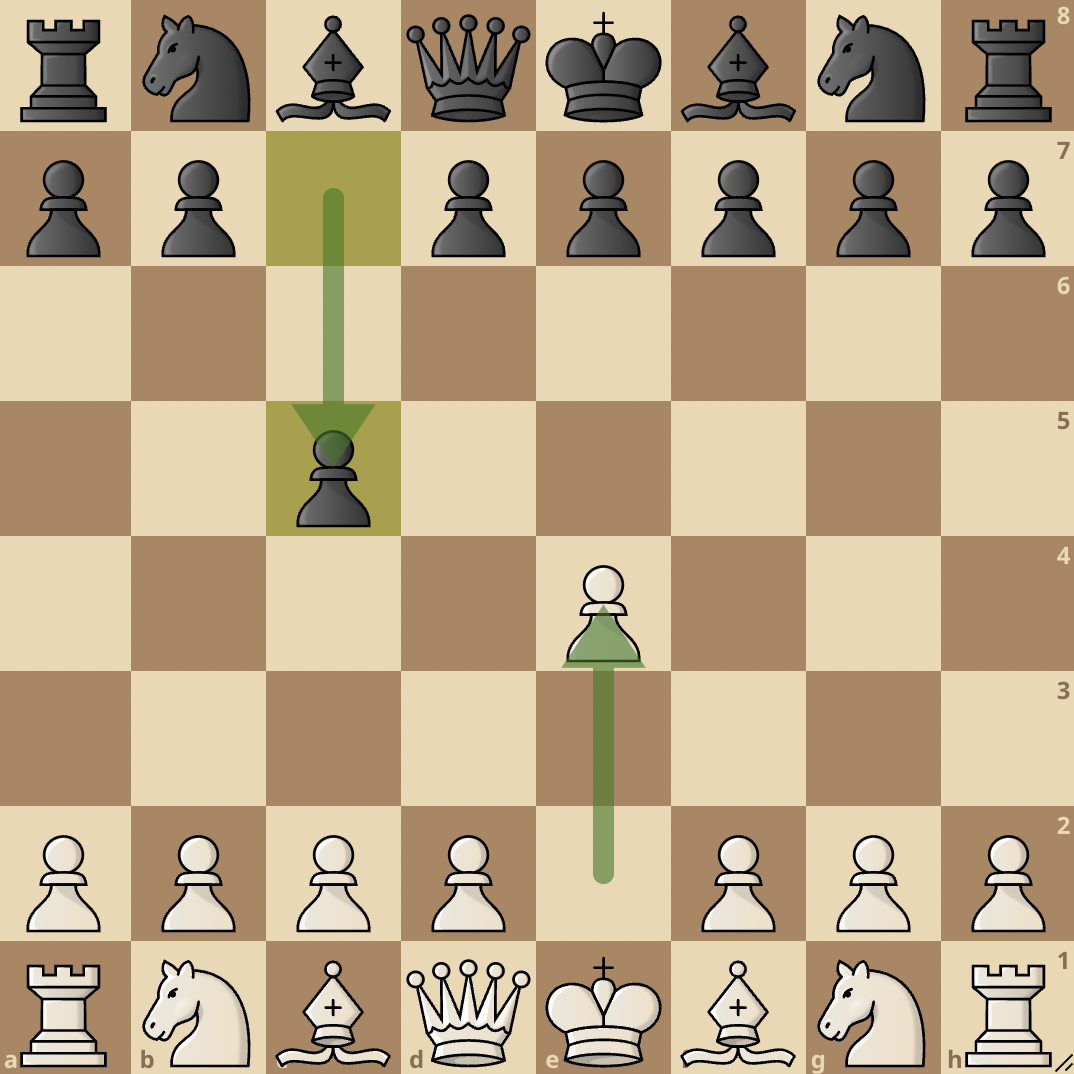
By playing c5, Black creates a half-open file on the c-file; they also gain control over the d4 square.
Also, the c5 pawn cannot be attacked right away, unlike in openings where Black plays 1. e5 and White attacks it with 2. Nf3.
The Sicilian Defense is one of the most thoroughly analyzed openings and as such, it has quite a few variations.
We will go over some of the popular ones and how they work.
Open Sicilian
1. e4 c5 2. Nf3

The Open Sicilian is the most popular continuation for White after 1…c5 with over 400,000 master games played in this fashion.
By playing Nf3, White contests the d4 square and prepares to push e4 on the next move. The Open Sicilian is a precursor to many of the popular Sicilian Defense variations.
Najdorf Variation
1. e4 c5 2. Nf3 d6 3. d4 cxd4 4. Nxd4 Nf6 5. Nc3 a6
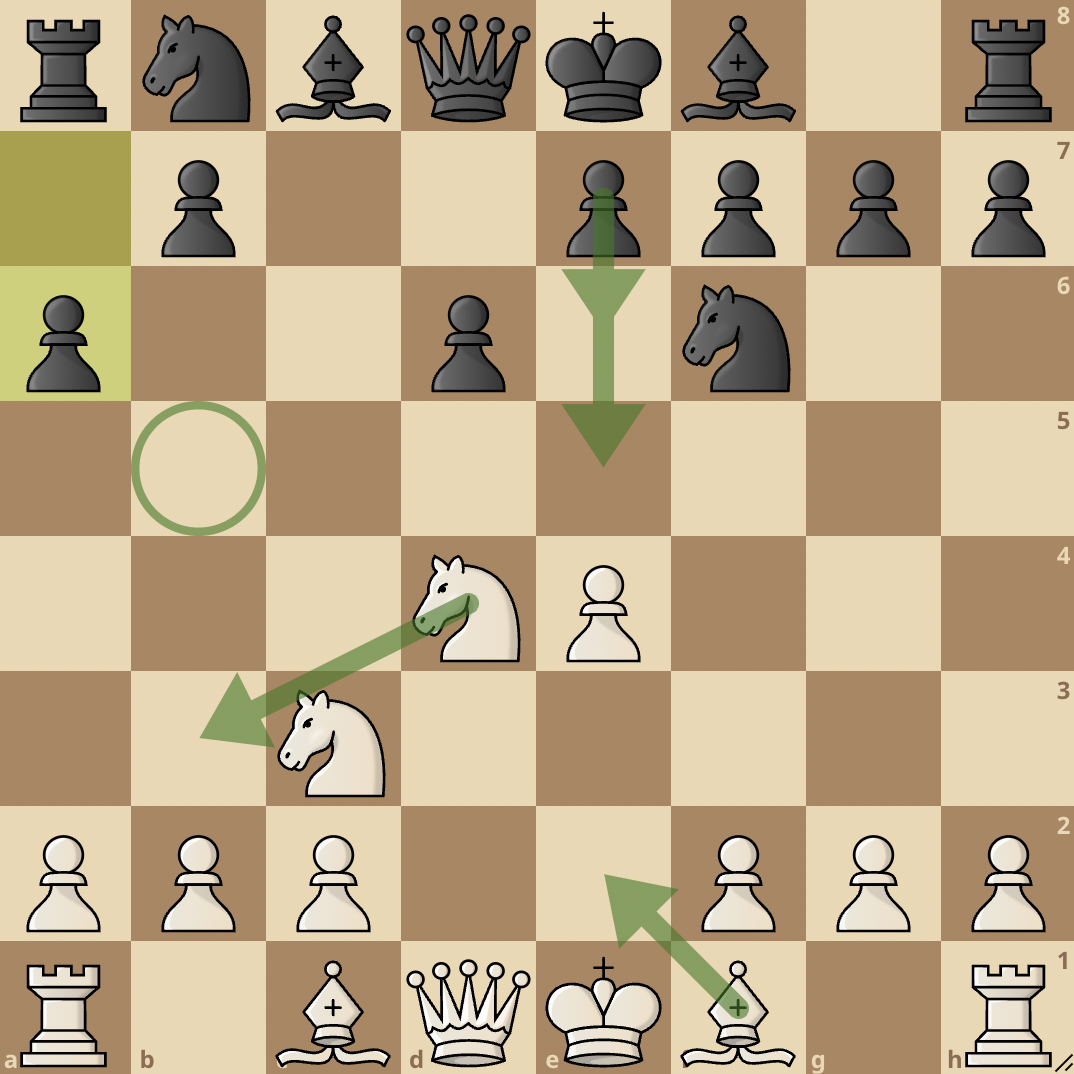
The Najdorf variation was named after the Argentine Grandmaster, Miguel Najdorf. It is one of the most played variations of the Sicilian.
After 2. Nf3, Black plays 2…d6, controlling the e5 square and freeing their light-squared bishop.
White continues with 3. d4, an aggressive advance that creates a strong center for White. If Black allows this, White will simply have too much control in the center, so Black breaks it up with 3…cxd4.
White then recaptures with 4. Nxd4 and Black develops a knight with 4…Nf6. White continues with 5. Nc3 and Black enters the Najdorf with 5…a6.
One major advantage of the Najdorf is its flexibility. Black can easily adapt their game to any route White decides to ply.
5…a6 can be said to be a waiting move to see what White does. Black reserves the option of playing …e6 or …e5 depending on how White chooses to continue.
…a6 also prevents any of White’s pieces from landing on the b5 square to create any potential threats, it also prepares a …b5 expansion on the queenside in some lines.
Dragon Variation
1. e4 c5 2. Nf3 d6 3. d4 cxd4 4. Nxd4 Nf6 5. Nc3 g6
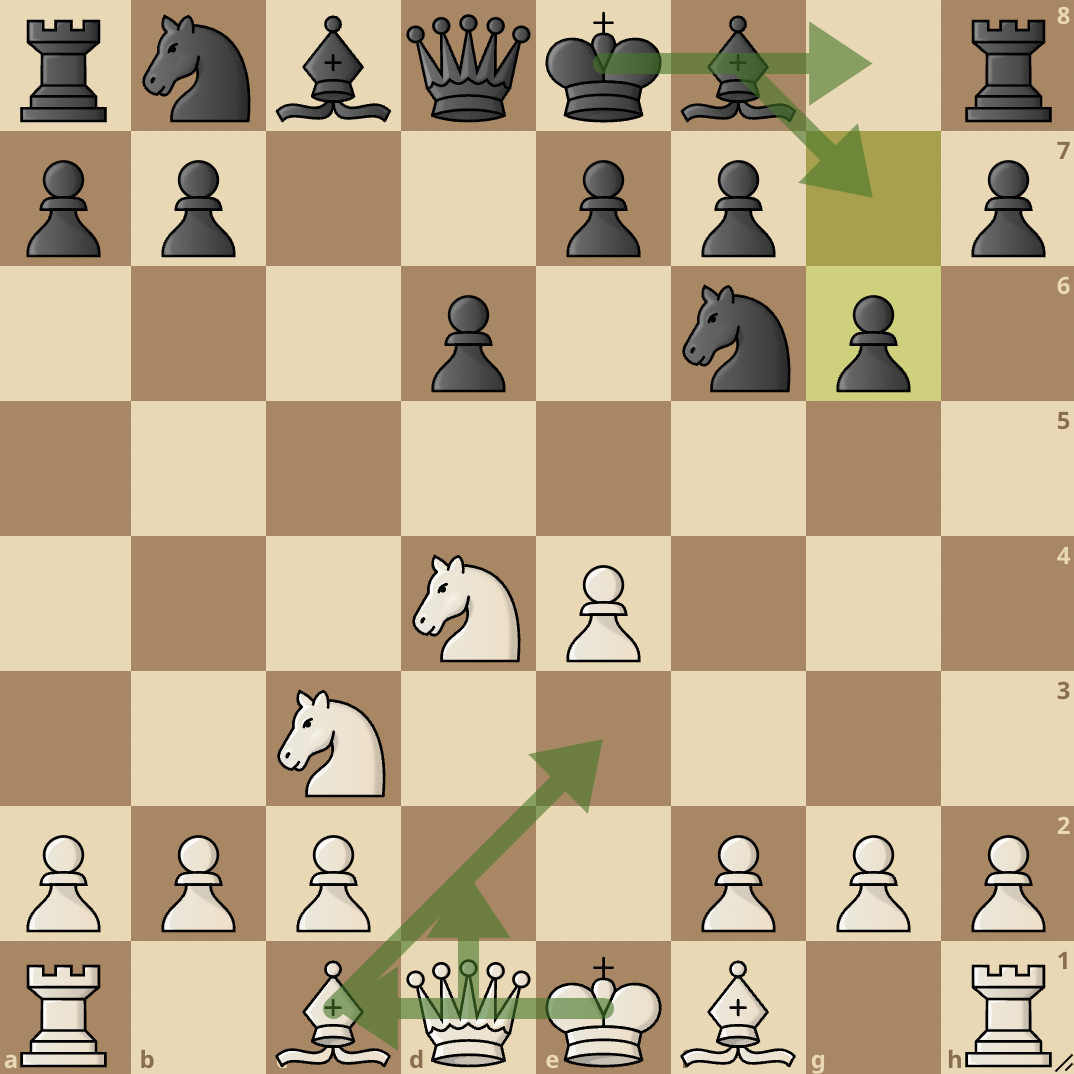
The Dragon variation is a very famous and sharp variation of the Sicilian. It features an early 5…g6 from Black which results in a fianchetto of the dark-squared bishop on g7.
From g7, the bishop, which is also known as the dragon, will put considerable pressure on the center and queenside, allowing Black to go for a queenside attack.
However, the fianchetto of the bishop also has some downsides. Since Black has played the early …g6, their kingside has been weakened, and White in most variations will castle queenside and look to launch an onslaught on Black’s kingside with pawn expansions like g4 and h4.
Black will try to expand on the queenside and attack there since White would most likely castle queenside.
The position that usually arises in the Dragon variation is that of opposite side castling and then it becomes a race of who can capture the opponent’s king first.
Both players have to play well as the positions that arise are very sharp and one slip-up could lead to their king getting checkmated or severe material loss.
Accelerated Dragon
1. e4 c5 2. Nf3 d6 3. d4 cxd4 4. Nxd4 g6

The Accelerated Dragon is very similar to the Dragon variation, the only tweak in the position is that Black activates the fianchettoed bishop (dragon) early, instead of developing the knight to f6 prior.
Another interesting variation is the hyper-accelerated dragon where Black immediately summons the dragon on move two by playing 2…g6.
Taimanov Variation
1. e4 c5 2. Nf3 e6 3. d4 cxd4 4. Nxd4 Nc6
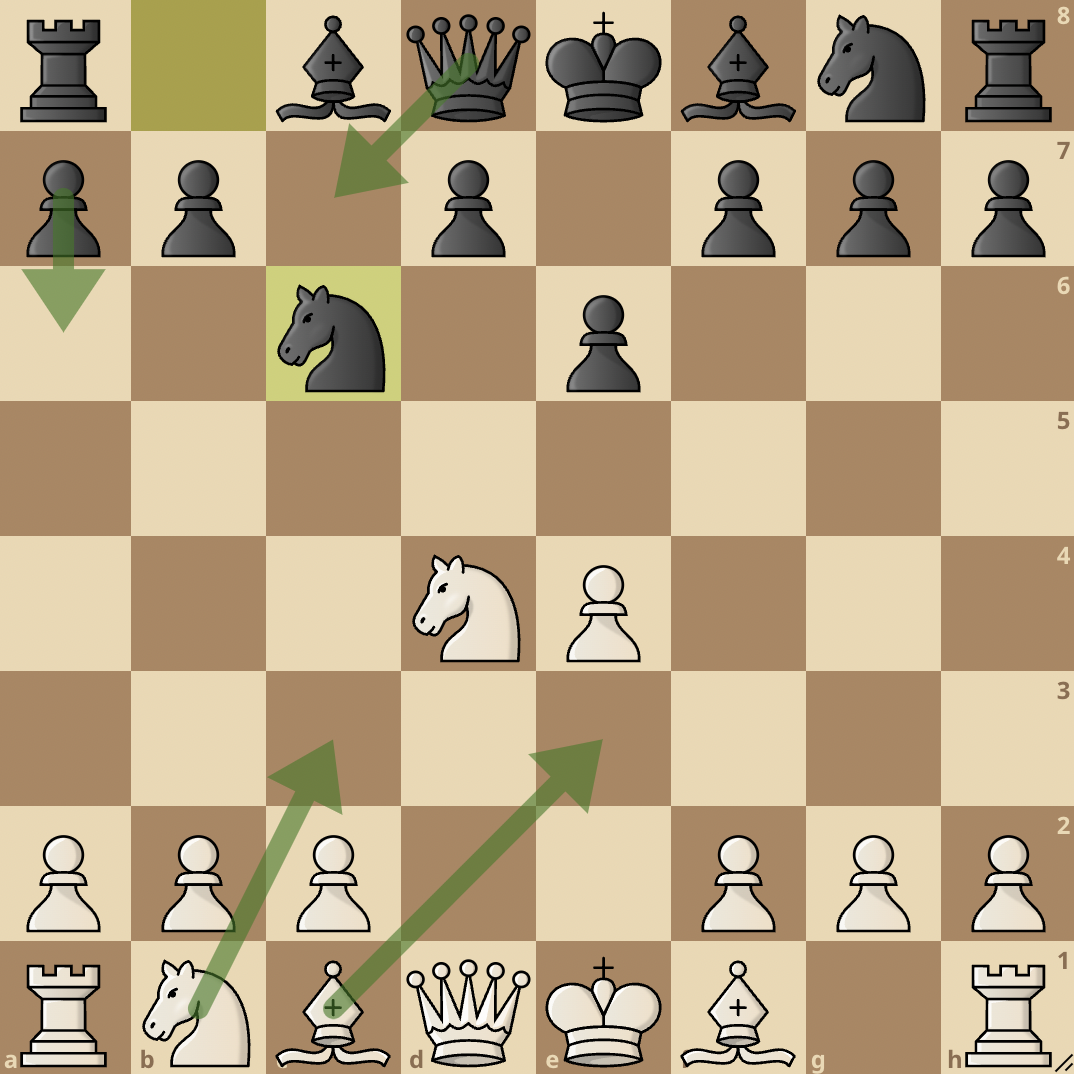
The Taimanov variation was developed by the Russian grandmaster, Mark Taimanov. It is one of the easy-to-understand variations of the Sicilian Defense as it does not require much theory to understand it.
This variation starts with 2…e6 after White plays Nf3. White then continues with 3. d4 and Black replies with 3…cxd4.
White plays 4. Nxd4 and Black responds with 4…Nc6. By playing …Nc6, Black challenges the white knight on d4.
Capturing the c6 knight is not a good move for White as after Black recaptures with …bxc6, White has no advantage in the position and Black has all they need to push …d5 and make a central break.
The position usually continues with 5. Nc3 Qc7 6. Be3 a6. If White decides to attack the Black queen and play 6. Nb5 before a6 is played, the queen just moves to b8 and White would still have to take the knight back as a6 will come on the next move.
Sveshnikov Variation
1. e4 c5 2. Nf3 Nc6 3. d4 cxd4 4. Nxd4 Nf6 5. Nc3 e5

This variation is named after Grandmaster Evgeny Sveshnikov. The Sveshnikov features four developed knights and an e5 thrust by Black.
Unlike other variations of the Sicilian, Black already has two developed knights and an advanced e-pawn that controls the d4 square.
After 5…e5, White’s knight is under attack and they will play 6. Ndb5 going for Nd6+, this would be quite uncomfortable for Black.
To stop this, Black plays 6…d6. White may continue with 7. Nd5 going for a double attack on the c7 square. Black will capture the knight with 7…Nxd5 and after 8. exd5, Black retreats temporarily with 8…Nb8.
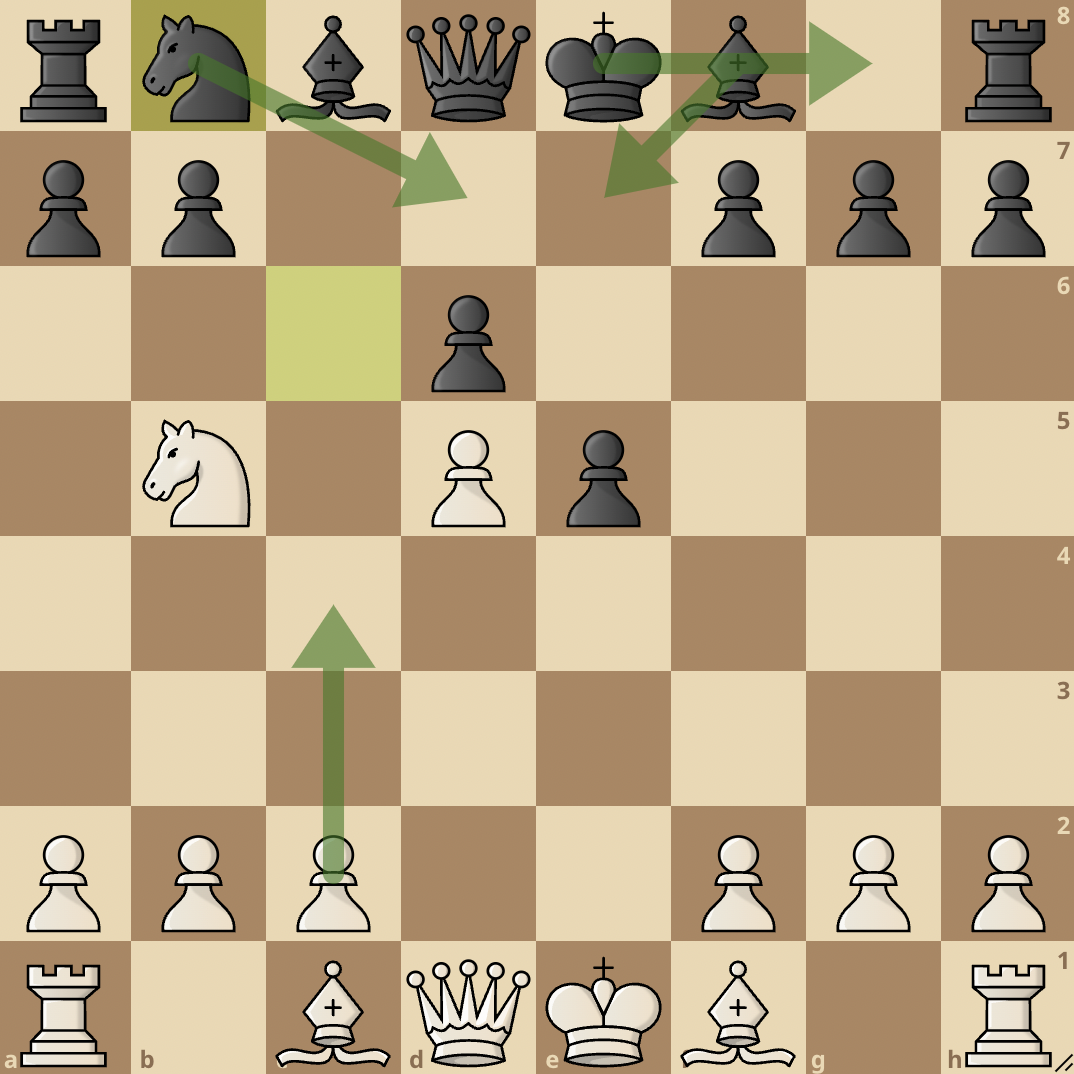
While it looks like Black has no pieces developed, White has no significant advantage in this position and Black will develop their bishop on the next move, castle, and the game continues.
Rossolimo Variation
1. e4 c5 2. Nf3 Nc6 3. Bb5

The Rossolimo variation is a unique way White can approach the Sicilian. It starts with the Open Sicilian with 2. Nf3.
Black replies with 2…Nc6 and White plays the move that indicates the start of the Rossolimo: 3. Bb5.
In this variation, White does not go for a break in the center with d4 but instead, they develop the bishop with Bb5.
Black can continue with …g6, …e6 or …d6. The most popular way for Black to continue is to play 3…g6 and fianchetto the bishop.
White can continue with casting and playing d3 to get into a closed position. White can also fire d4 and open it up. It all depends on what White deems fit at that point.
Closed Sicilian
1 . e4 c5 2. Nc3
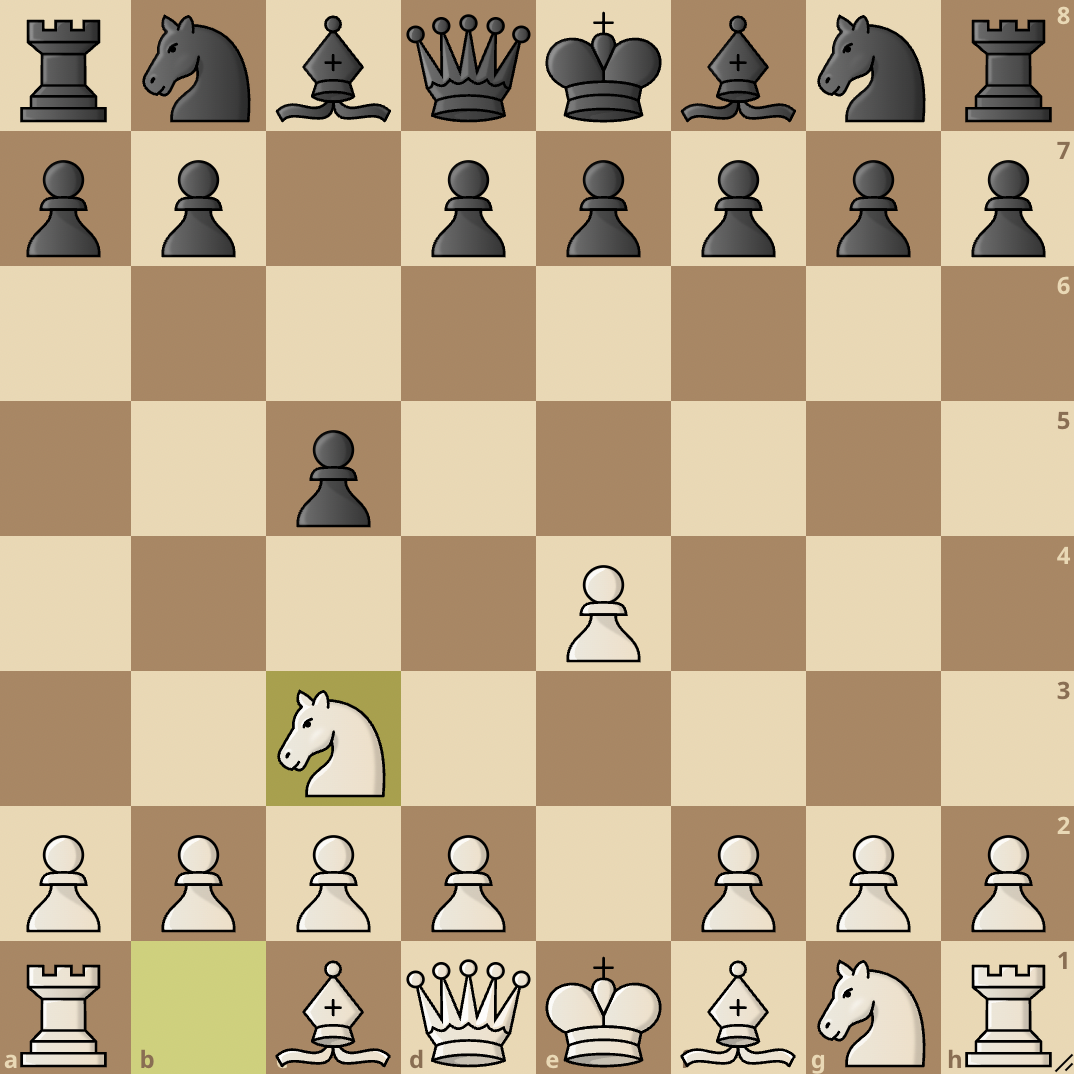
The Closed Sicilian is a more reserved version of the Sicilian.
It often leads to a slow game where White focuses on a kingside attack and Black fights for counterplay on the queenside.
Successful Deployments
The Sicilian Defense is one of Black’s most favored weapons against 1. e4. Let’s go through a few games and see how the Sicilian fared when it was employed.
Touch the moves or move the board around for a better interactive experience.
Robert James Fischer v Mikhail Tal, Bled-Zagreb-Belgrade Candidates (1959)
Fischer and Tal are two of the greatest minds the world of chess has ever seen. When the pair clashed in the Belgrade Candidates tournament in 1959, Tal would summon the immense power of the Najdorf Sicilian to overpower Fischer and take the win.
Alexei Shirov v Garry Kasparov, Linares 2002
Alexei Shirov and Garry Kasparov would clash in the Linares tournament of 2002. The Sicilian Defense would appear on the board, with Kasparov going for the Sveshnikov variation. Shirov put up a good fight, but he was unable to match Kasparov’s mastery of the Sicilian.
Leinier Dominguez Perez v Magnus Carlsen, Linares 2009
The Sicilian Dragon is one of the most interesting variations of the Sicilian Defense. Magnus Carlsen would employ it in the 2009 Linares tournament to win a nice game against Leinier Dominguez Perez.
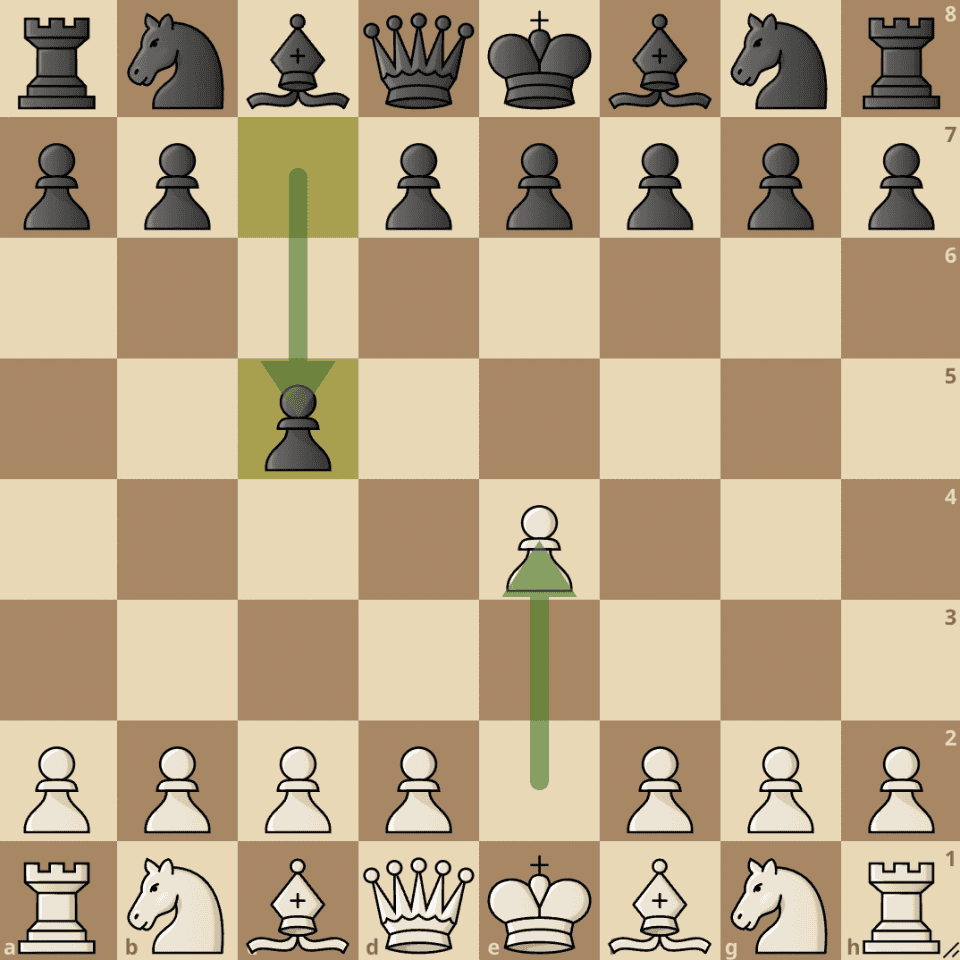




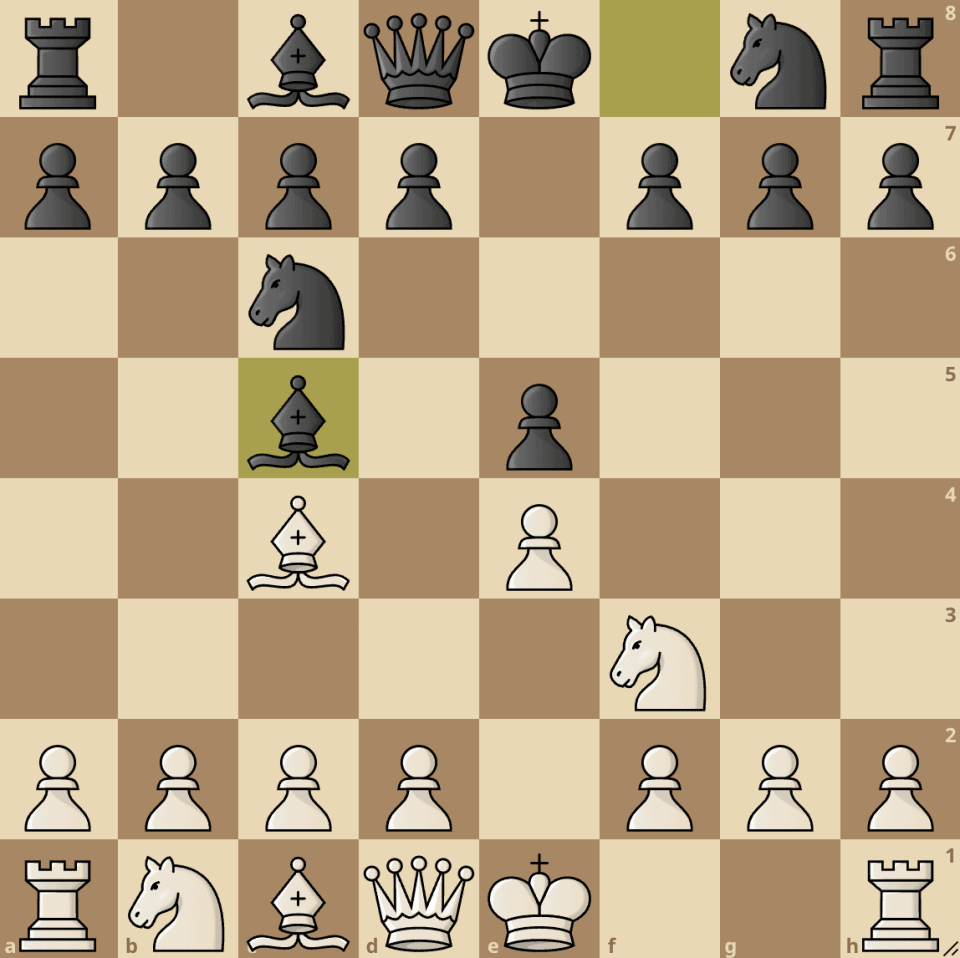

join the conversation